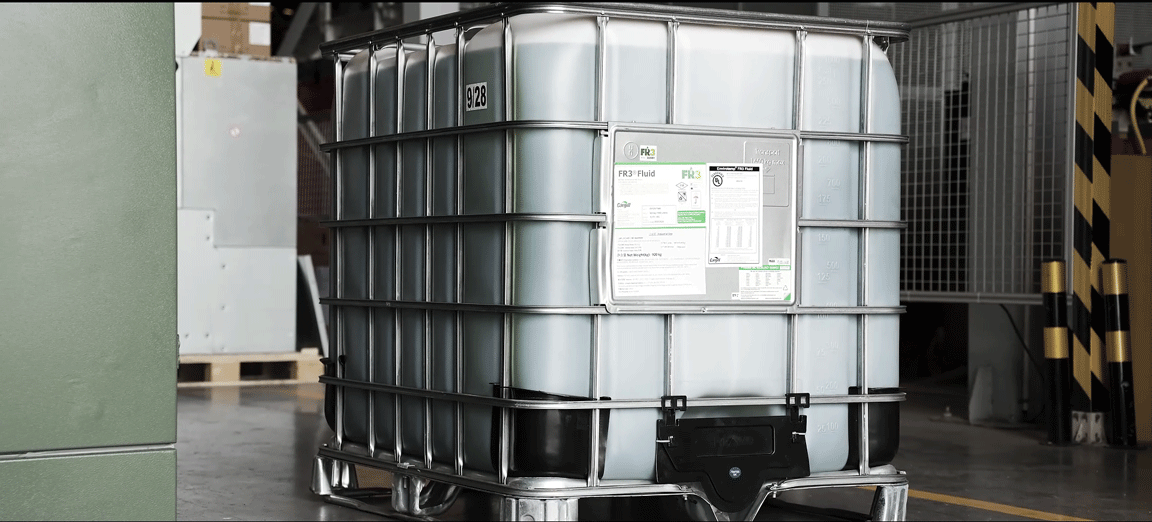English 


Views: 0 Author: Site Editor Publish Time: 2025-10-24 Origin: Site

As a specialist in power transformer manufacturing, we understand that safety and environmental protection are paramount in your operations. A critical component in achieving this is the transformer oil containment system. Proper sizing of this system is not just a regulatory requirement; it's a vital safeguard against spills and environmental contamination. This guide will walk you through the key factors and calculations needed to select the right size for your oil containment system.
Transformer oil serves as an effective insulator and coolant in oil-immersed transformers. However, in the event of a rupture or leak, this oil can spill, posing significant fire hazards and environmental risks. A containment system, often a catch pit or retention basin, is designed to capture this oil, preventing it from seeping into the soil and groundwater. Regulations mandate these systems to ensure that any accidental oil discharge is controlled and can be properly disposed of.
Choosing the correct size isn't a one-size-fits-all process. It depends on several factors:
Total Oil Capacity of the Transformer: The primary factor is the total volume of oil in the largest transformer that the containment system is designed to protect. This information is available in the transformer's technical data sheet. For example, a 1,000 kVA transformer might contain approximately 700 liters of oil, while larger units can hold significantly more.
Regulatory Requirements and Standards: Local environmental regulations and national electrical codes provide specific guidelines for containment volume. Key standards to consult include:
GB50053-2013 (Design Code for 20kV and Below Substations): This code stipulates that for indoor oil-immersed transformers with an oil capacity ≥100 kg (approximately 112 liters, assuming oil density of ~895 kg/m³), separate transformer rooms with fire prevention measures are required. The containment or挡油 facility should be capable of holding 20% of the total oil volume, with provisions to drain the oil to a safe location. If this is not possible, a 100% capacity reservoir is required.
For outdoor transformers, if the single unit oil capacity is ≥1000 kg, a containment or挡油 facility is mandated.
GB50060-2008 (Code for Design of 3-110kV High Voltage Distribution Installation) states that when a general accident oil tank with oil-water separation measures is provided, its capacity can be determined as 60% of the capacity of the largest tank. This is a common provision in many standards, as also seen in nuclear power plant design guidelines.
Fire Safety Considerations: In case of a fire, the containment system helps prevent burning oil from spreading. Some standards require the containment area to extend 1 meter beyond the transformer's outer dimensions on all sides.
Location (Indoor vs. Outdoor): The requirements differ based on where the transformer is installed.
Here is a practical approach to determining the required capacity:
Identify the Largest Oil Volume: Determine the total oil volume (in liters or cubic meters) of the largest transformer that could potentially release its oil into the containment system. For instance, a 110kV transformer can hold up to 30 tons of oil, which is approximately 34 cubic meters.
Consult Applicable Regulations: Check your local codes and the specific standards applicable to your project (like GB50053 or GB50060). Identify the required percentage of oil capacity you must contain. Common requirements are 100% or 60% of the largest tank's capacity.
Calculate the Minimum Required Volume:
If the regulation requires a 100% capacity, your containment volume (V) should be: V ≥ Volume of oil in the largest transformer.
If the regulation allows for a 60% capacity with an oil-water separation system: V ≥ 0.6 × Volume of oil in the largest transformer.
*Example: For a transformer with 10,000 liters of oil and a regulation allowing a 60% containment, the minimum volume would be 0.6 * 10,000 = 6,000 liters.*
Account for Additional Factors:
Firewater Volume: Consider if firefighting systems (like water sprays) will discharge into the containment area. The system may need to hold both oil and water.
Multiple Transformers: If the containment system serves multiple transformers, the capacity might need to be the volume of the largest transformer plus a percentage of others, or simply the largest single volume, depending on the design.
Rainfall: For outdoor systems, you might need to account for local rainfall to prevent overflow.
Construction Materials: The containment structure should be made of reinforced concrete or other impermeable materials to prevent oil leakage and withstand the elements.
Drainage and Oil-Water Separation: Include a drainage pipe with a screen (minimum 150mm diameter is often specified) to direct oil to a safe location or a separation system. This allows for the separation and recovery of oil from water.
Laying an Gravel Layer: It is a common practice to pave the containment facility with a layer of pebbles or crushed stone with a thickness of not less than 250mm and a stone diameter of 50-80mm. This layer helps to isolate fire and reduce temperature, preventing the spread of insulating oil combustion.
Selecting the right size for your transformer oil containment system is a non-negotiable aspect of responsible transformer installation and operation. By carefully calculating the oil volume, understanding local regulations, and incorporating best practices, you can create a safe and compliant operation.